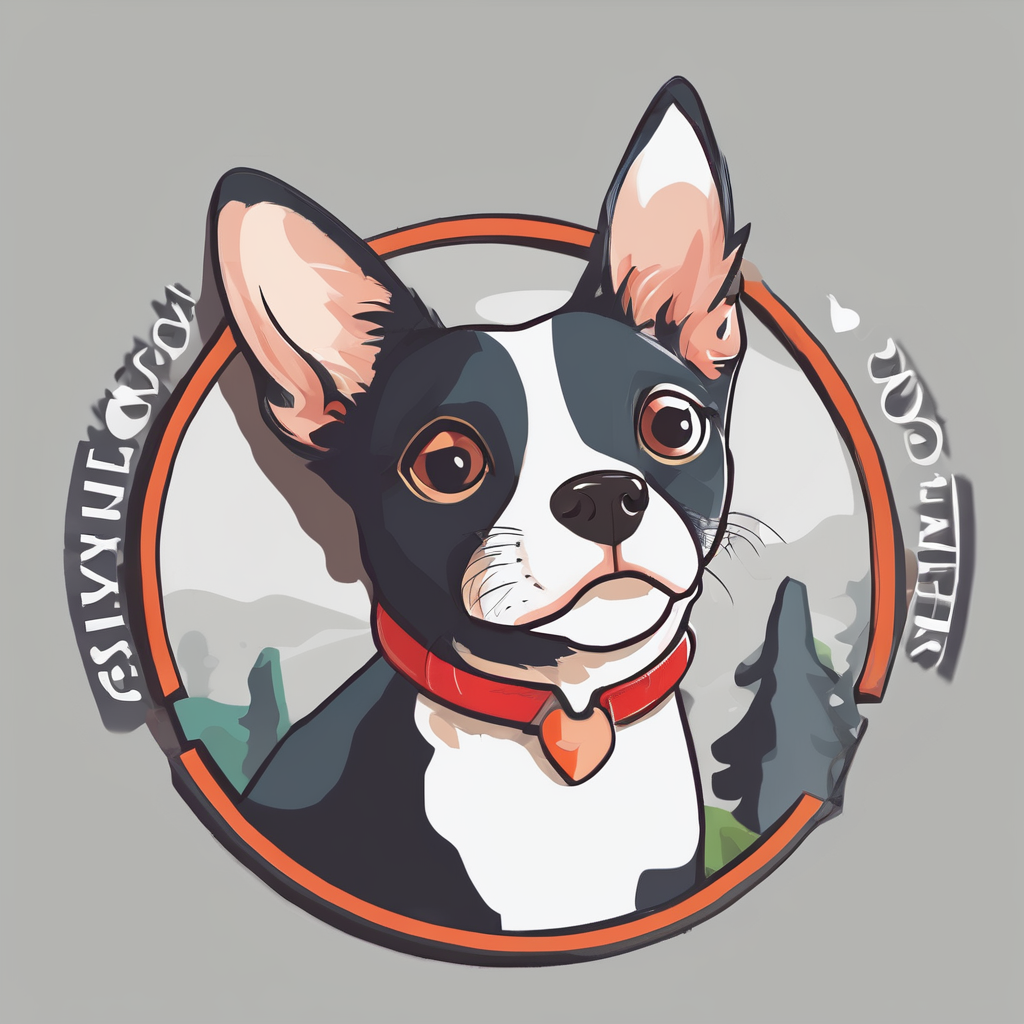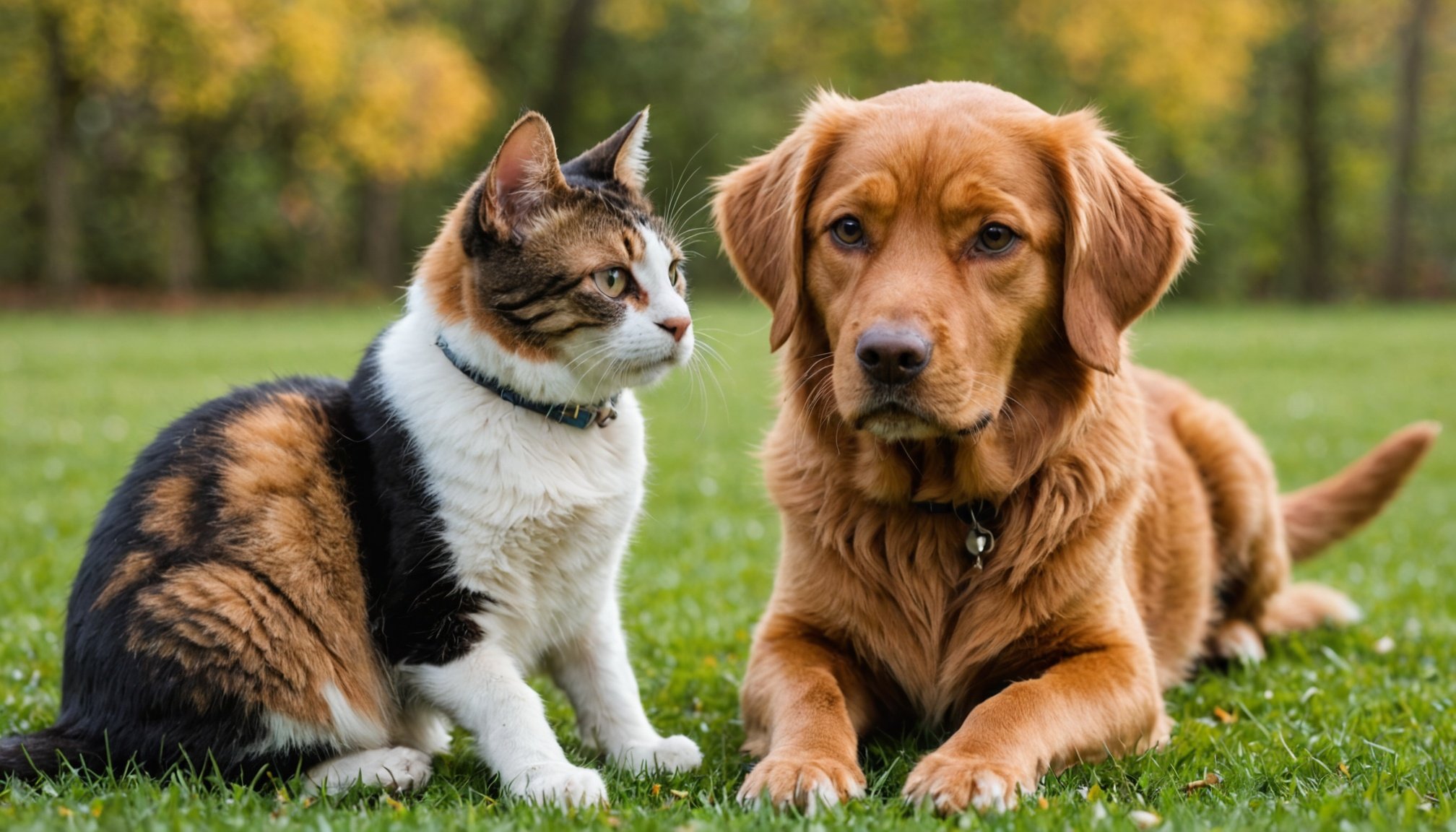Understanding the Introduction Process
Integrating a cat to a dog within a household can be a rewarding journey. However, it requires a gradual approach to ensure a harmonious relationship. The process of cat-dog integration starts with recognising the importance of slow, deliberate introductions. This restraint helps avoid territorial behaviours and minimizes stress for both pets.
Importance of Gradual Introductions
When introducing a cat to a dog, begin with short, supervised meet-ups. Use baby gates or closed doors initially to allow them to observe each other without official contact. The gradual increase in exposure helps them acclimate to each other’s presence.
A lire en complément : Key Challenges in Protecting the Endangered Scottish Wildcat Population
Ideal Timeframes for Each Step
While every pet’s personality differs, the timeline is usually structured around staged interactions. A few weeks might be necessary before they can share the same space. Monitor their behaviour closely to decide when to move forward. A longer introduction period ensures positive pet behavior changes.
The Role of Environment in Introductions
Environment plays a pivotal role. Before introducing the pets, establish separate safe spaces for each. Familiar areas give the cat and dog a refuge when needed, reducing anxiety. Neutral grounds are also useful for initial interactions, reducing territorial claims.
A découvrir également : Identifying Boredom in Pet Birds: Signs to Watch For and Proven Solutions to Keep Them Engaged
Preparing Your Home for the New Cat
Welcoming a new cat into a household with a dog requires thoughtful preparation to ensure harmony and safety for both pets. Cat-proofing your home involves more than just making adjustments for the cat; it’s about creating a balanced environment for all animals, including aspects of dog safety.
To begin, establish separate spaces for your cat and dog to help them adapt. This means designating comfortable areas where each pet feels secure. A well-thought-out pet space management plan could include a sanctuary room for the cat equipped with essentials like a litter box, scratching post, and feeding station. This separation allows the cat to gradually acclimate while ensuring the dog doesn’t overstep boundaries.
Next, consider the removal of potential hazards. Cats are naturally curious, so it’s crucial to secure loose wires, houseplants, and small objects that can be swallowed. Cat-proofing your home extends to assessing windows and balconies to prevent accidental falls. Similarly, ensure dog safety by keeping small toys, cat food, and litter boxes out of the dog’s reach to avoid conflicts and health issues.
Creating a comfortable, secure area for your cat is essential. Provide cozy bedding or a hideaway for rest. Enhancing vertical spaces with shelves or cat trees can also help your feline feel at ease, offering an elevated retreat from the dog’s curiosity.
Step-by-Step Introduction Strategy
Introducing new pets to each other can be an exciting yet challenging experience. Here’s a guide to make the transition smooth using effective introduction techniques and gradual exposure.
Initial Separate Spaces
Start by providing separate living areas for the pets. This ensures each pet can acclimate to the new environment without feeling threatened. It’s crucial for reducing initial stress and anxiety levels in both animals. Establishing individual spaces allows them to explore and adapt at their own pace, laying the groundwork for successful future interactions.
Scent Exchange
One of the key techniques for familiarizing pets is through scent swapping. This involves exchanging bedding or toys between the pet’s areas, helping them get used to each other’s scent without a face-to-face encounter. It’s a gentle way of introducing the presence of a new companion, and it eases tension by allowing them to adjust through gradual exposure to each other’s scent.
Controlled Interactions
Supervised and controlled interaction methods play a pivotal role during the first encounters. Begin by allowing short, monitored meetings in a neutral space. Observe their behavior closely and be prepared to intervene if things get heated. With positive reinforcement and consistent monitoring, pets will gradually grow comfortable. Employing these strategies ensures a safe and harmonious coexistence.
Understanding Behavioural Cues
By closely observing pet body language, it becomes easier to decode their emotions and instincts. Understanding how your furry companions communicate through physical cues is crucial for pet owners. For instance, in dogs, a wagging tail doesn’t always mean happiness—its position and speed reveal much more. Conversely, cats communicate differently; a flicking tail can indicate agitation or curiosity.
Recognising stress signals in pets is vital to preventing potential issues. In dogs, licking lips, yawning, or avoiding eye contact often signal discomfort or anxiety. Cats might display stress by flattening their ears, puffing up their fur, or twitching their tails. These signals cue owners to adopt calming measures, avoiding aggravation or hostility. Furthermore, consistent behaviour observation helps detect aggression early. For example, low growling or a rigid stance in dogs, and hissing or swatting in cats, indicate readiness to defend or attack. Owners must take these signs seriously to ensure safety.
Understanding interactions between animals requires actively monitoring body language indicators. Pets convey intentions through subtle cues, so it’s essential to watch their gestures and reactions during encounters. By doing this, owners can foster positive environments for their pets and address any concerns promptly. Hence, being attentive to their behaviours is a foundational aspect of responsible pet ownership.
Addressing Potential Challenges
When introducing our robotic companions, it’s natural to encounter common issues. For effective troubleshooting, identifying and understanding these challenges is crucial. Fear or aggression in our pets towards robot hoovers, for instance, is a typical concern. So, how do we tackle it?
Strategies for overcoming these behaviours vary. Creating a calm environment is essential; ensure the robot starts at a distance and approaches gradually. This modification in introduction can reduce fear significantly. Allowing pets to observe the robot while it’s inactive can also mitigate initial apprehension.
Behavior Modification Tactics
Behavior modification starts with positive association. Encourage your pets to associate the presence of the robot with treats and praise. Introducing the robot alongside playtime can also foster acceptance, turning an anxious scenario into a positive experience.
Encouraging Positive Interactions
Slow and steady wins this race. Give your pets control over their exposure by ensuring they have a safe retreat. Observe and reward calm behaviour when improvising interaction strategies. This reassures your pets, instilling confidence and reducing anxiety.
While challenges may arise, applying these targeted strategies can transform apprehension into curiosity and ease the transition, ensuring a harmonious household. Together, these approaches make troubleshooting seamless, benefiting both pets and robotic assistants.
Expert Tips and Insights
Introducing a new pet to your home can be tricky, but following professional advice can make the process smoother. Animal behaviorists suggest familiarising yourself with the distinct personalities of each pet involved. Understanding their individual quirks and tendencies helps tailor the introduction process effectively. For instance, gradually exposing pets to each other’s scent before their first meeting can ease tensions.
Seeking veterinarian tips is crucial too. A vet can provide recommendations on maintaining health and calming nerves during this transition. Dietary supplements, like pheromone diffusers, can promote relaxation and comfort for your pets.
Expert recommendations often include utilizing specific resources for additional guidance. Books and workshops led by seasoned trainers or behaviorists offer valuable insights and strategies that are tried and tested.
Success stories from pet owners highlight the importance of patience and persistence. One owner shared how diligent preparation and adherence to expert advice led to a harmonious household, allowing both the resident cat and the new puppy to coexist peacefully. Such testimonials can be both enlightening and encouraging for those beginning this journey.
For an even more tailored approach, consider consulting a professional directly, ensuring unprecedented guidance and support for your unique situation.
Safety Precautions
When introducing new elements into your home environment with pets, understanding pet safety is paramount. From potential hazards to emergency measures, it’s essential to plan effectively.
Preparatory Safety Measures
Begin by securing potential danger zones. This includes areas where pets may hurt themselves, such as cords or fragile decorations. Ensure an environment that supports injury prevention by using pet-friendly materials and arranging furniture to prevent accidents. Monitoring initial interactions closely can help shape a positive introduction.
Emergency Protocols
Establish clear emergency protocols for unexpected situations. This involves knowing contact details for a veterinarian and having first aid kits accessible. Being prepared ensures swift action, which is crucial in the event of a pet emergency.
Using Baby Gates
Baby gates serve as an excellent means for monitoring interactions among pets in a controlled manner. These gates allow your pets to see and sniff each other without the risk of direct confrontation, easing tension and facilitating calmer introductions. They are particularly useful during the initial phase to prevent territorial disputes while ensuring safe exposure to one another.
By implementing these strategies, you can create a secure and harmonious living space that prioritises the well-being of your pets, effectively preventing injury and reducing stress during new introductions.
Success Stories and Case Studies
Understandably, the idea of introducing a cat to a dog (or vice versa) can feel intimidating for many. However, it’s crucial to remember the many real-life examples where integration success has been achieved, offering hope and insight into what can be accomplished with patience and understanding.
Take, for example, the case of Max, a lively Golden Retriever, and Luna, a curious Siamese Cat. Their owners noticed that shared playtime sessions using non-threatening toys significantly contributed to their positive outcomes. Over time, they learned to trust each other, leading to peaceful coexistence.
Another instance involves Bella, a cautious Persian Cat, and Charlie, a gentle Labrador. The key to their integration success was a step-by-step approach, allowing both animals to adapt at their own pace. An interesting lesson from their experience was the effectiveness of scent swapping—introducing each other’s scent through blankets or toys to build familiarity before face-to-face interaction.
These stories highlight that while each case is unique, common elements contribute significantly to positive outcomes. Key strategies include:
- Gradual integration
- Using positive reinforcement
- Creating mutual safe spaces
By examining these real-life examples, pet owners can glean valuable insights, crafting a tailored plan for their potential new relationships.
Frequently Asked Questions
Introducing new pets, such as cats and dogs, often leads to common concerns and FAQs. Below, we address these queries to ensure a smooth transition and harmonious household.
How long does the introduction process take?
The introduction process varies, typically ranging from a few days to several weeks. Successful integration demands patience, observing each pet’s comfort level. Gradual exposure, starting with scent swapping and progressing to face-to-face meetings, can ease stress. Monitoring interactions helps safeguard both pets.
Can misconceptions affect pet relationships?
Yes, misconceptions contribute to challenges in pet integration. One common fallacy is that initial hostility signifies chronic incompatibility. It’s vital to recognise that pets, like humans, need time to adjust. Providing a neutral meeting area often facilitates positive interaction, dispelling myths and fostering enduring bonds.
What resources exist for successful pet integration?
Several resources empower pet owners, including pet integration queries guides, veterinary consultations, and online communities. These platforms offer tailored advice, ensuring pet owners can tackle unique integration issues effectively. Participation in training sessions also aids in curbing behavioural problems, enhancing overall pet compatibility.
These insights aim to dissolve misconceptions, support seamless introductions, and promote thriving pet companionship. Understanding FAQs and leveraging available resources can transform initial apprehension into lasting harmony.











